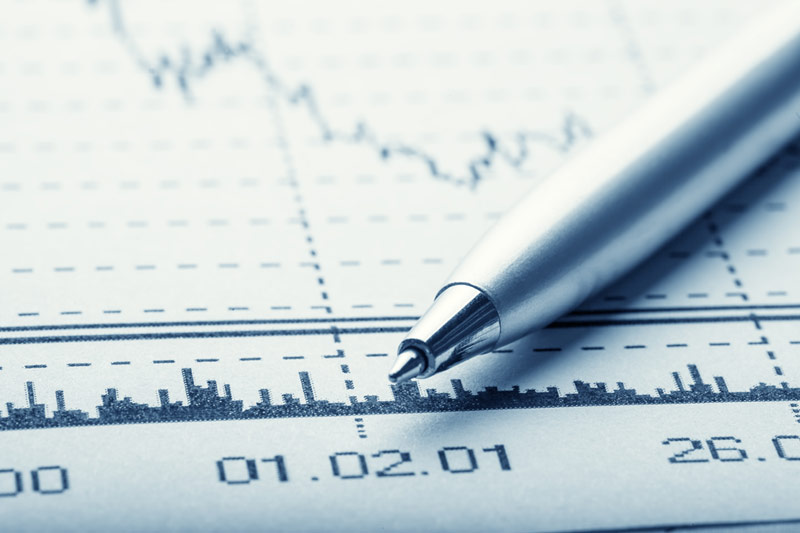By Jonathan Cable
(Reuters) -Manufacturing activity fell sharply across Europe last month and a further decline in demand dashed hopes for an imminent turnaround, whereas in China factories extended their recovery and U.S. producers saw new order growth for the first time in eight months, surveys showed.
China’s upswing was driven in part by Beijing’s stimulus measures and a rush to export ahead of proposed tariffs by U.S. President-elect Donald Trump who returns to the White House in January.
Trump’s tariffs would also have a significant impact on an already struggling euro zone economy, a Reuters poll found last month.
HCOB’s final euro zone manufacturing Purchasing Managers’ Index (PMI), compiled by S&P Global, sank to 45.2 in November, data showed on Monday, matching a preliminary estimate and further below the 50 mark separating growth from contraction.
In October it was 46.0 and the headline reading has been sub-50 since mid-2022.
Manufacturing activity in Germany, Europe’s largest economy, remained firmly entrenched in contractionary territory while France saw the steepest decline in new orders since the first wave of the COVID-19 pandemic in 2020.
In Britain, outside the European Union, its PMI pointed to the sharpest contraction in nine months, as orders from domestic and foreign customers fell.
S&P cited headwinds from a 25 billion pound ($32 billion) rise in employment taxes in the new Labour government’s Oct. 30 budget, a 7% increase in Britain’s minimum wage, disruption to shipping in the Red Sea and the threat of global goods tariffs.
“The UK follows the weaker results also shown in the European PMI data, and shows that across both the UK and euro zone, manufacturers are really feeling the downturn,” said Cara Haffey at PwC.
“In particular, smaller manufacturers are seeing a decline in order book and production volumes.”
In the U.S., the Institute for Supply Management’s manufacturing index climbed to the highest level in five months on an upswing in new orders, although the index reading of 48.4 showed activity overall remained slightly in contraction territory. Comments from manufacturers were mostly downbeat, though some economists expect to see a modest run of improvement in goods producer sentiment in the next few months, mirroring what occurred after Trump’s first election victory in 2016.
“I would not be surprised to see a similar dynamic this time, though in the current case, the underlying fundamentals for the factory sector have been tepid at best for a while,” said Stephen Stanley, chief U.S. economist at Santander (BME:SAN) U.S. Capital Markets.
ASIA STEPS UP
China’s factory activity expanded at the fastest pace in five months in November as new orders, including those from abroad, led to a solid rise in production, the Caixin PMI showed.
That largely echoed a modest expansion in manufacturing activity seen in an official survey released on Saturday, suggesting a blitz of stimulus is finally trickling through to the world’s second-largest economy.
The improvement in China helped other Asian factory powerhouses such as South Korea and Taiwan, where activity also picked up.
Xing Zhaopeng, ANZ’s senior China strategist, said China’s recovery has mostly been export-driven.
“Both new export orders in the official PMI and Caixin PMI suggest buyers were rushing to place orders. But the Chinese domestic demand was still weak as the official non-manufacturing PMI was 50,” said Xing.
Many Chinese exporters are scrambling to get their goods to major markets ahead of tariffs from the U.S. and European Union, which are among several risks policymakers now need to navigate.
Beijing launched a series of major stimulus packages in the second half of this year to arrest a sharp slowdown in spending and production.
While analysts say more is still needed to sustain a sturdier recovery, there are signs this year’s measures have had some effect with retail spending and the property market stabilising.
Elsewhere in Asia conditions worsened, with Japan’s PMI reporting the fastest decline in activity in eight months as factories trimmed output on weakening demand.
That was slightly offset by official data that showed Japanese corporate spending on plant and equipment accelerating in the third quarter.
India’s factory activity growth remained brisk but slowed slightly due to persistent price pressures.
Official data on Friday showed Asia’s third-largest economy, one of the world’s better performers, expanded at a much weaker-than-expected pace in the July-September quarter, weighed down by tepid growth in manufacturing and consumption.

In Southeast Asia, PMIs showed factory activity extending declines in Indonesia and Malaysia and slowing expansion in Thailand and Vietnam.
($1 = 0.7873 pounds)



